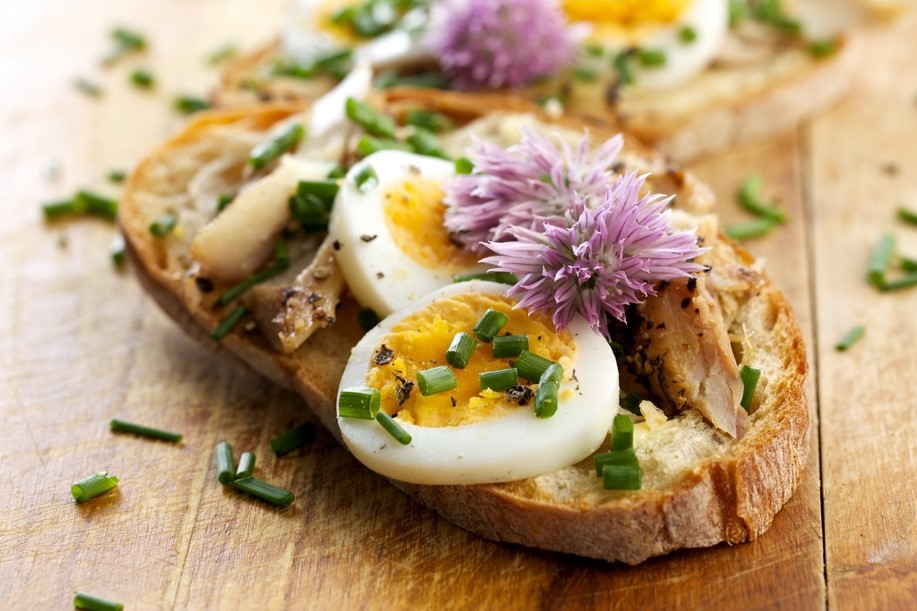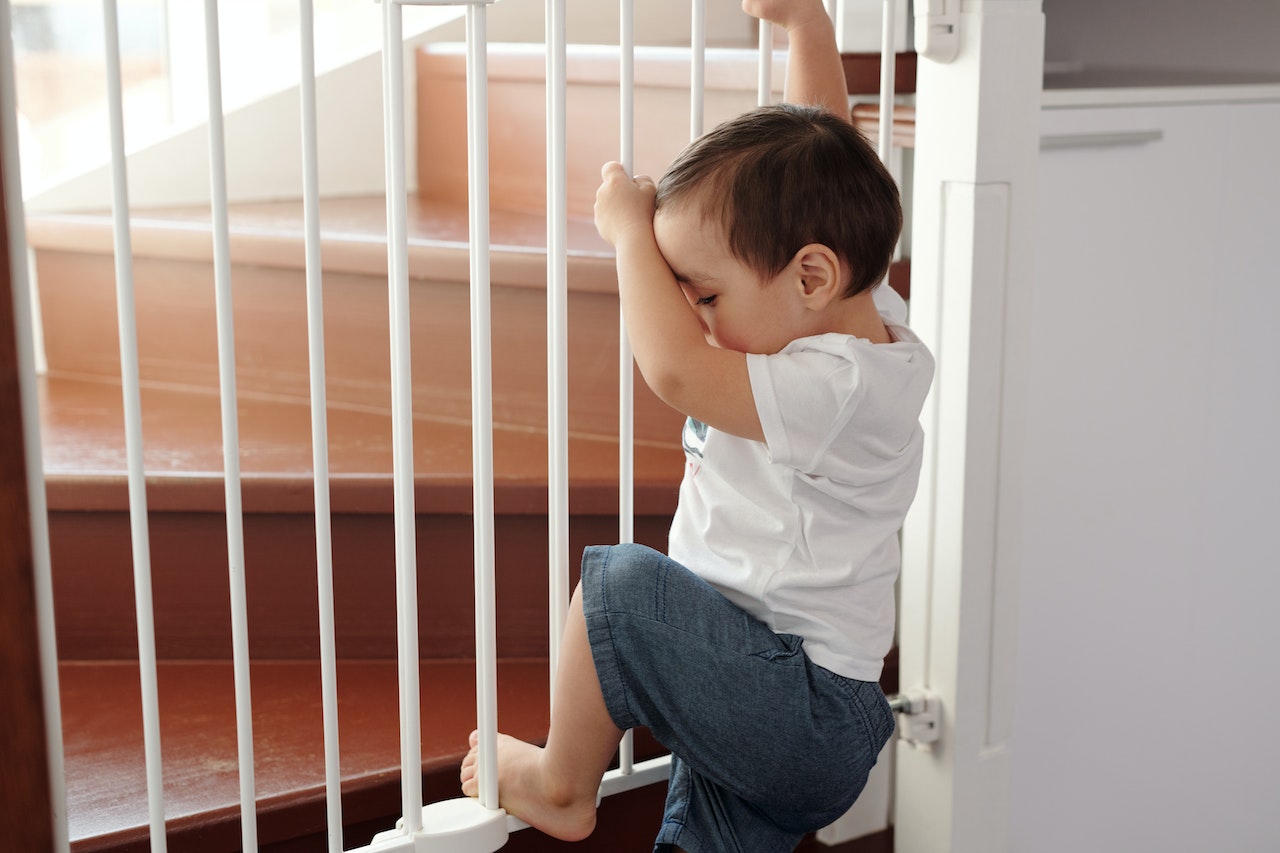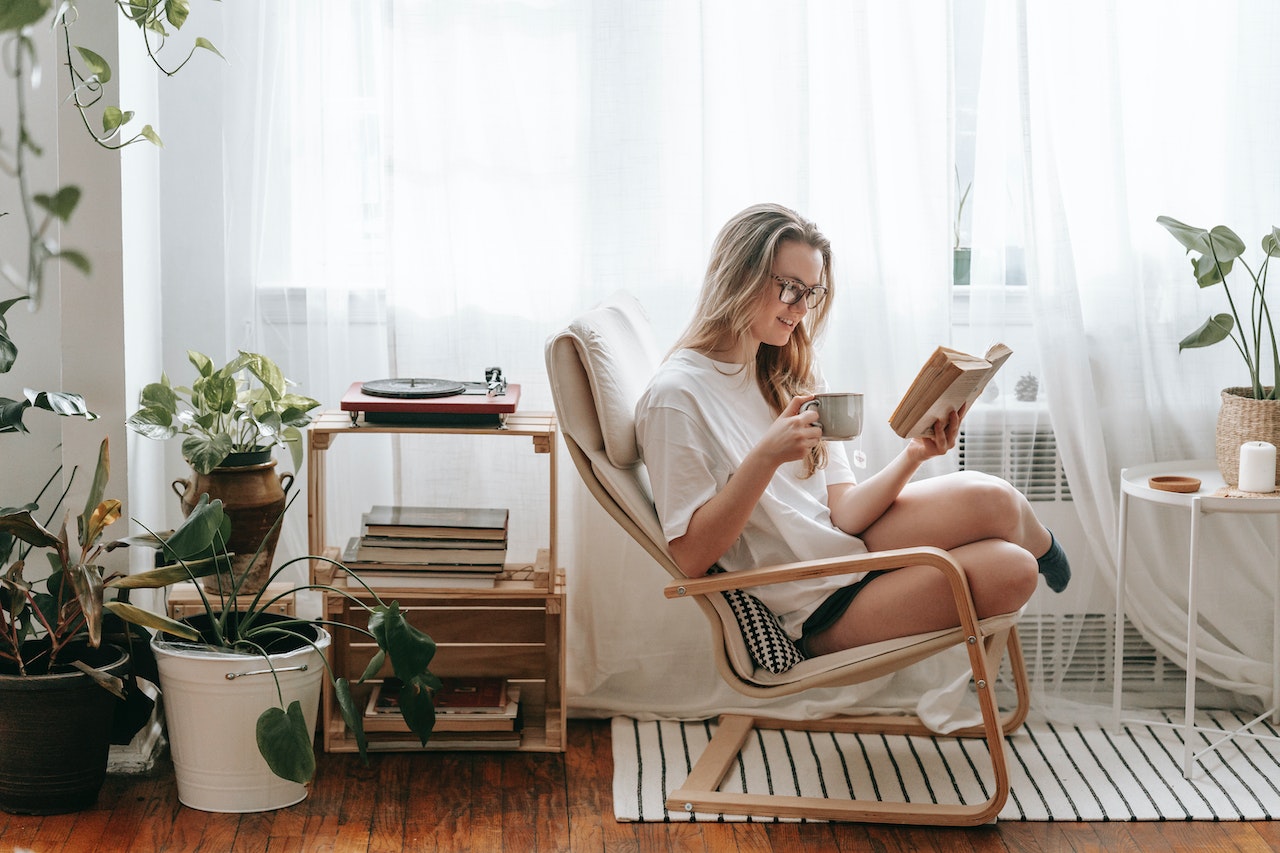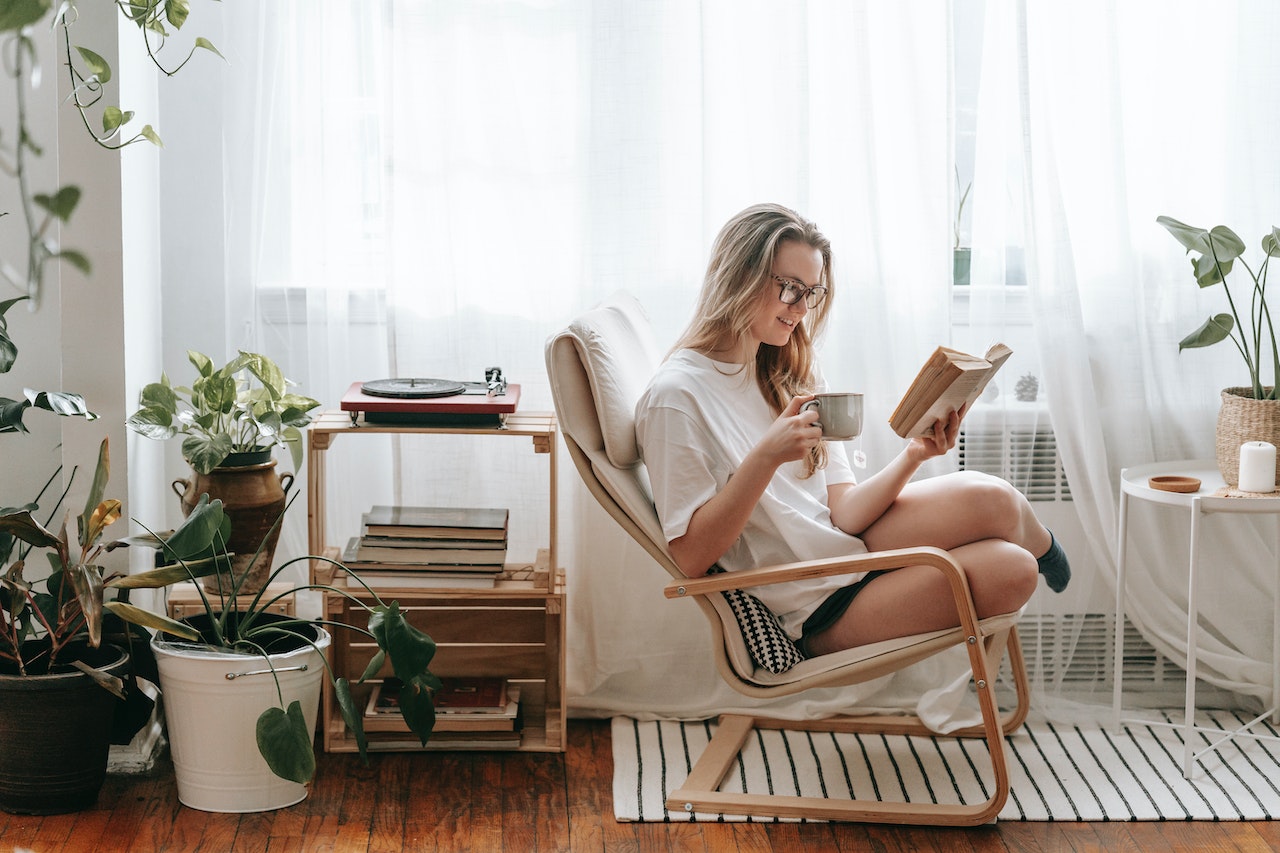Having a garden can add beauty to your landscaping and enhances a home’s curb appeal. If you’re looking to bring something unique to your garden, planting edible flowers can provide pops of color and a bold addition to some of your favorite recipes. The concept of eating flowers isn’t new, but it’s something that’s becoming popular with restaurants and has become quite tempting to the modern palate. If you’re thinking of planting edible flowers in your own garden, read on to learn more about which flowers you can eat and the best conditions for growing your flowers so you can get started. It’s a wonderful way to bring beauty to the plate while enjoying a colorful meal that provides extra nutrients and a unique spin to your favorite dishes.
Getting Started: The First Steps to an Edible Flower Garden
Before you begin planting your flowers, you’ll want to take a few steps to ensure that you’re providing the flowers with the right environment. Start by selecting an area of your backyard that will get ample sun for the flowers to thrive. The best way to keep everything in a confined space is to construct a raised flower bed so you can easily monitor the flowers’ growth. Garden boxes make it easy to contain the flowers in one location and maintain the soil quality. Consider the various types of edible flowers you can plant and choose your favorites according to your specific planting zone. When you choose the right flowers for your location, it will ensure that they thrive and continue to flourish as the season progresses. Most flowers need approximately six hours of sun exposure per day.
Features to Include
After you’ve designated a spot for your flowers, it’s time to choose which flowers you plan to plant and eat. There is a surprising number of species you can enjoy that are not just beautiful, but also totally edible. Let’s take a closer look at the different types of edible flowers you can enjoy in your backyard garden.
Different Types of Edible Flowers
Once you have an area selected to plant your new edible garden, here are some of the most popular edible flowers you can try:
- Calendula: Also known as pot marigolds, these brightly colored flowers feature vivid yellow or orange petals. Calendula adds color and flavor to your food when you chop or sautee them, and you can add them to either cooked or fresh dishes. They’re also a wonderful flower to use as a substitute for saffron, especially if you want to bring vibrant color to your favorite recipes.
- Dandelion: Most people think of the dandelion as a pesky weed, but the leaves of this flower are extremely popular to use in salads. When the flowers are young, they’re also very tender and delicious.
- Pansies: With their gorgeous coloring, pansies add beauty and visual interest to any DIY garden. Not only are pansies lovely to look at, but the pansy flower is completely edible and features a mild and minty flavor that’s perfect for desserts and candy-making. You’ll see pansies on cakes to add a nature-inspired touch you can also eat.
- Squash Blossoms: A vibrant orange color makes squash blossoms a beautiful addition to any garden. Once these flowers bloom, you can remove the blossoms, stuff them with cheese, and fry them for a whole new take on appetizers and side dishes.
- Daylilies: These gorgeous flowers are quite delicate, but they can add a lovely touch to a variety of dishes. When eaten raw, the thick petals of the daylily flower are crunchy and make a wonderful addition to a green or fruit salad. Yellow daylily flowers are sweeter, while the red ones have a slightly bitter taste.
The Best Climate Conditions for Edible Flowers
After you’ve chosen a few flowers to grow, you’ll want to be sure that they are provided the optimum environment and climate for proper growth. Check the seed packets of your flowers to make sure that they’re acceptable for your plant’s hardiness zone. Water the flowers as needed and avoid using harsh chemicals for pest control. If you can pluck off pests by hand, it will keep your edible flowers healthy and in good condition until they’re ready for harvest. Monitor the soil moisture levels and check the pH to ensure that it’s at a healthy level. Some edible flowers may need to be picked as soon as they bloom, while others can remain in the garden until you’re ready to pick and eat them. If you prepare the soil well before planting, your flowers will thrive and flourish.
DIY Tips for Growing Edible Flowers and Making a DIY Garden Box
Building a raised garden box is one of the best ways you can maintain and harvest your edible flowers. If you can’t build a box or you don’t have the room, grow your flowers in planters and various containers. This will add a gorgeous look to your porch or patio, and it makes it easy to separate the flowers by species. You can include herbs like basil, rosemary, and thyme in your edible flower garden to bring a fresh look and lots of flavor to savory dishes. As you build your small garden, consider the material you want to use for your garden box. Wood is one of the most affordable options, and you can also use a material like concrete or bricks to create a border. Other options for your garden, if you’re on a budget, include reclaimed wood, hay bales, or logs and stumps.
The Best Garden Box Layout for Edible Flowers
Once you’ve chosen the materials for your raised garden box, it’s time to work on building it in your backyard. Make sure you place the box on a level area and in a spot that receives a good amount of sunlight during the peak growing season. For most edible flowers, this season runs from early spring through early summer. Keep an eye on your yard and note the time of day that the sun is at its peak so you can choose the right place for your new DIY raised garden bed. Here are some tips for the size and dimensions as well as the layout for your edible garden bed:
- Your raised garden bed should be approximately 4-feet long by 4-feet across if you plan to access it from all sides. If you choose to place your garden bed against a fence, it should be around 2 to 3 feet long and across for easier access. You can place a few separate garden beds next to each other if you want to grow several different flowers, herbs, and vegetables together in one area.
- Once you’ve prepped the soil, place it inside your garden bed and make sure it’s about 8-inches deep throughout. Add some compost from kitchen scraps to the soil if possible, which will encourage fast, healthy growth of your flowers.
- Line your raised garden bed with a weed-blocking cloth to prevent weeds from getting too deep into the soil and hurting your flowers.
- If you need some inspiration, look for raised garden bed plans online to give you a few ideas.
- Make sure you have all the tools needed for gardening including gardening gloves, a trowel, a hose or large watering can, a gardening fork, and a good pair of pruning shears.
The Benefits of Building Your Own Garden and How to Harvest Edible Flowers
Growing your own edible flowers can bring you joy and give your backyard a burst of beautiful color. Maintaining a garden and harvesting your flowers is also a wonderful way to enjoy a few healthy outside activities during the warm months of spring and summer. It’s important to know how to harvest edible flowers depending on the species. Some flowers must be picked and eaten as soon as they bloom, while others can continue to grow until you’re ready to pluck and enjoy them in your favorite recipes. In order to make the harvest an easy experience, build your garden bed in a way that provides you with easy access to pick your flowers. If you’re short or have trouble bending down, build the bed a little higher so it’s easier to maintain the garden and harvest the flowers as you need to.
It’s best to harvest your edible flowers when they’re at their freshest. This is usually when they’ve fully bloomed and are not yet starting to wilt. You should cut the flowers during the coolest parts of the day which is usually early in the morning or later in the evening. When it’s cool outside, it helps to ensure that your flowers have the highest water content, so they taste fresh and look amazing. Use a high-quality pair of sharp pruning shears and cut the blooms just underneath the head of the flower. You should eat the flowers within a day of harvest or store them in airtight bags in the fridge or freezer. Another way to store your flowers is to place the blooms in an ice cube tray and fill it with water. Pop the tray in the freezer, then thaw each cube as needed. With some patience and creativity, you can enjoy a beautiful garden filled with delicious edible flowers for seasons to come.




